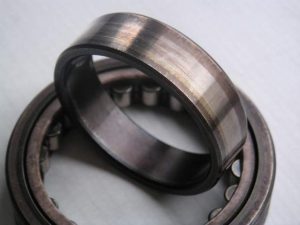
Have you heard of the deformation process known as burnishing? It involves the use of a smooth tool to deform the surface of a workpiece. Burnishing isn’t as popular as other deformation processes. Nonetheless, it still offers several noteworthy advantages, such as the ability to flatten superficial imperfections. In this post, you’ll discover five interesting facts about the deformation process burnishing.
#1) Burnishing Creates a Smooth Surface
Burnishing is typically used to create a smooth surface on a workpiece. As previously mentioned, it involves the use of a smooth tool. The tool is ran across the surface of the workpiece, thereby creating a smooth surface. The level of smoothness created by burnishing varies depending on the amount of pressure applied to the tool, the material from which the workpiece is made and other related factors.
#2) Ball Burnishing Uses a Ball
While most burnishing processes use a special tool, known as a burnishing tool, to deform workpieces, ball burnishing is a unique type of burnishing process that lives up to its namesake by using a ball. With ball burnishing, a smooth and round ball is rolled back and forth across a channel. As the ball performs these motions, it deforms the channel. Ball burnishing offers an inexpensive alternative to other finishing processes like honing, grinding and polishing.
#3) Burnishing Can Be Unintentional
Not all instances of burnishing are performed intentionally. Some manufacturing companies perform it unintentionally as a result of their normal manufacturing activities. If a process results in a smooth surface — either from a tool or workpiece — rubbing against the surface of another workpiece, it may result in unintentional burnishing.
#4) Plastic and Metal Workpieces Can Be Burnished
Both plastic and metal workpieces can be burnished. Plastic workpieces, not surprisingly, are more susceptible to the effects of burnishing than their metal counterparts. If a workpiece is made of plastic, it will deform more quickly and easily than a workpiece made of metal. Therefore, manufacturing companies must use caution when burnishing plastic workpieces.
#5) Burnishing Supports CNC
Finally, it’s worth mentioning that burnishing supports computer numerical control (CNC). There are CNC machines that manufacturing companies can program to perform burnishing in a controlled and precise manner. CNC burnishing is more expensive, as well as technical, though it’s highly effective for large-scale deformation applications.
To recap, burnishing is a deformation process that’s used to remove superficial imperfections from a workpiece by rubbing it with a smooth surface.
